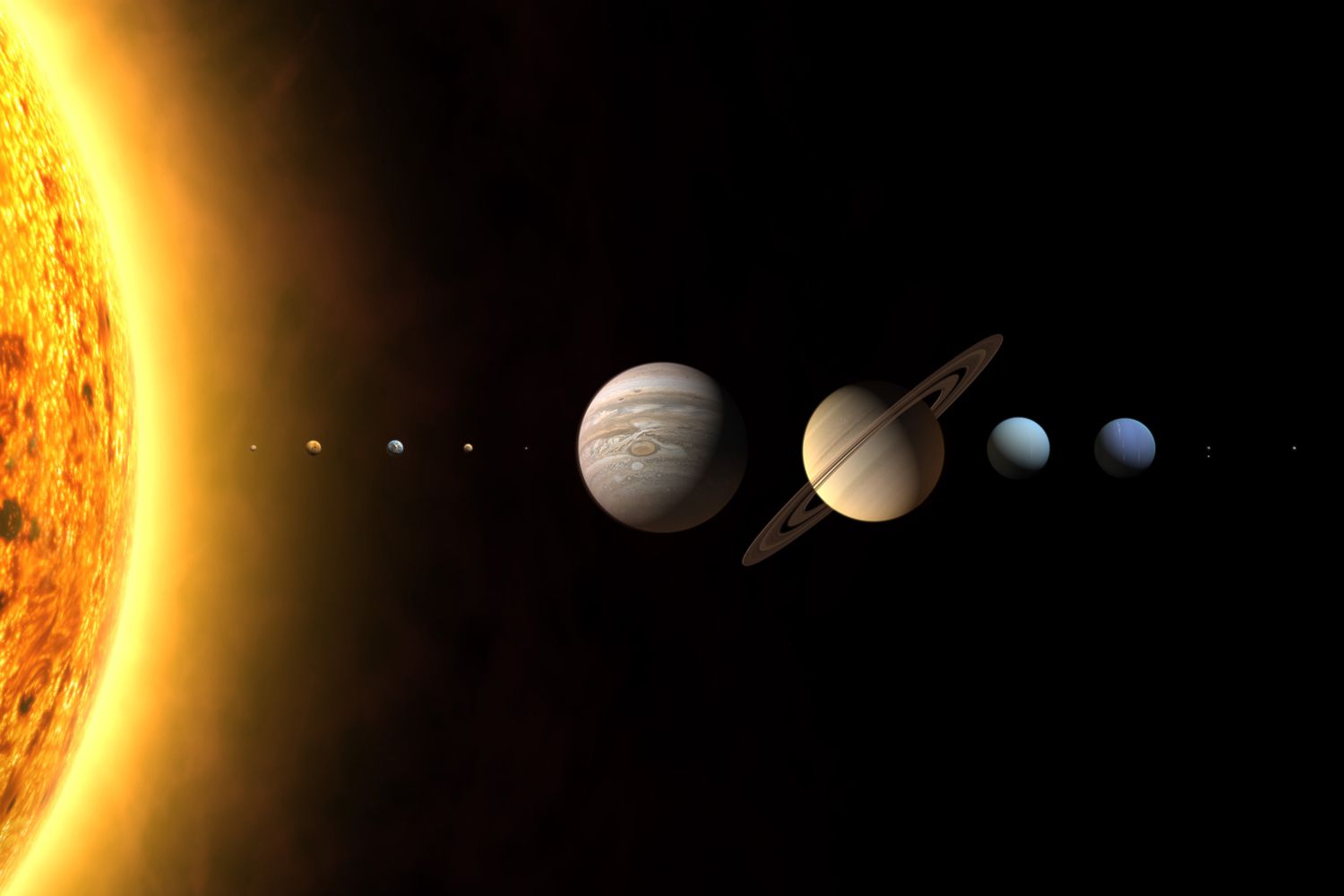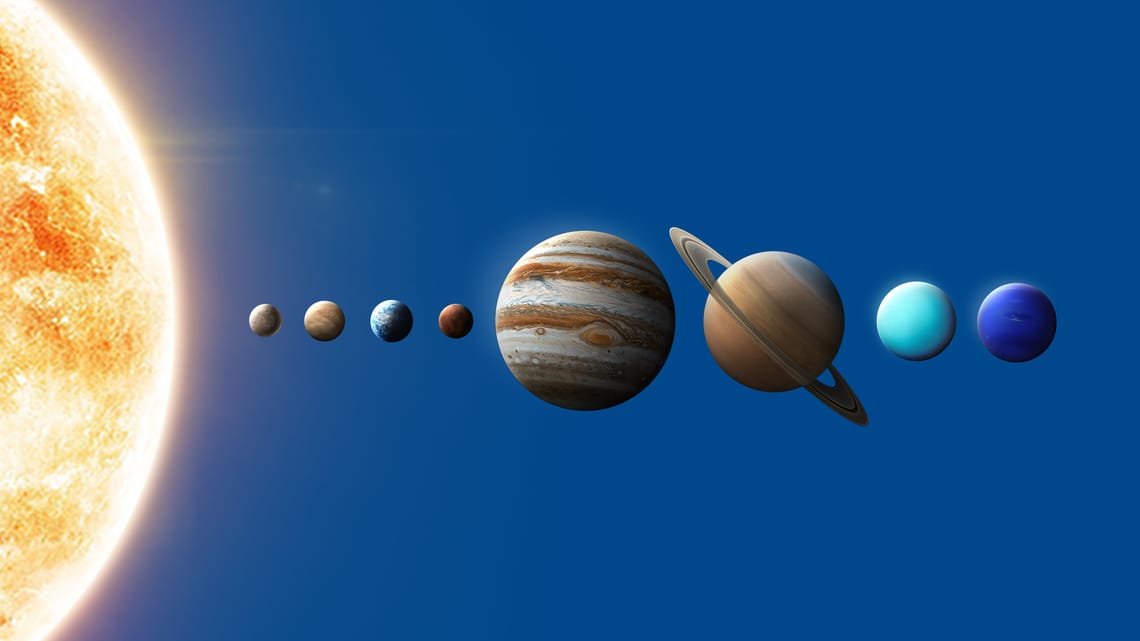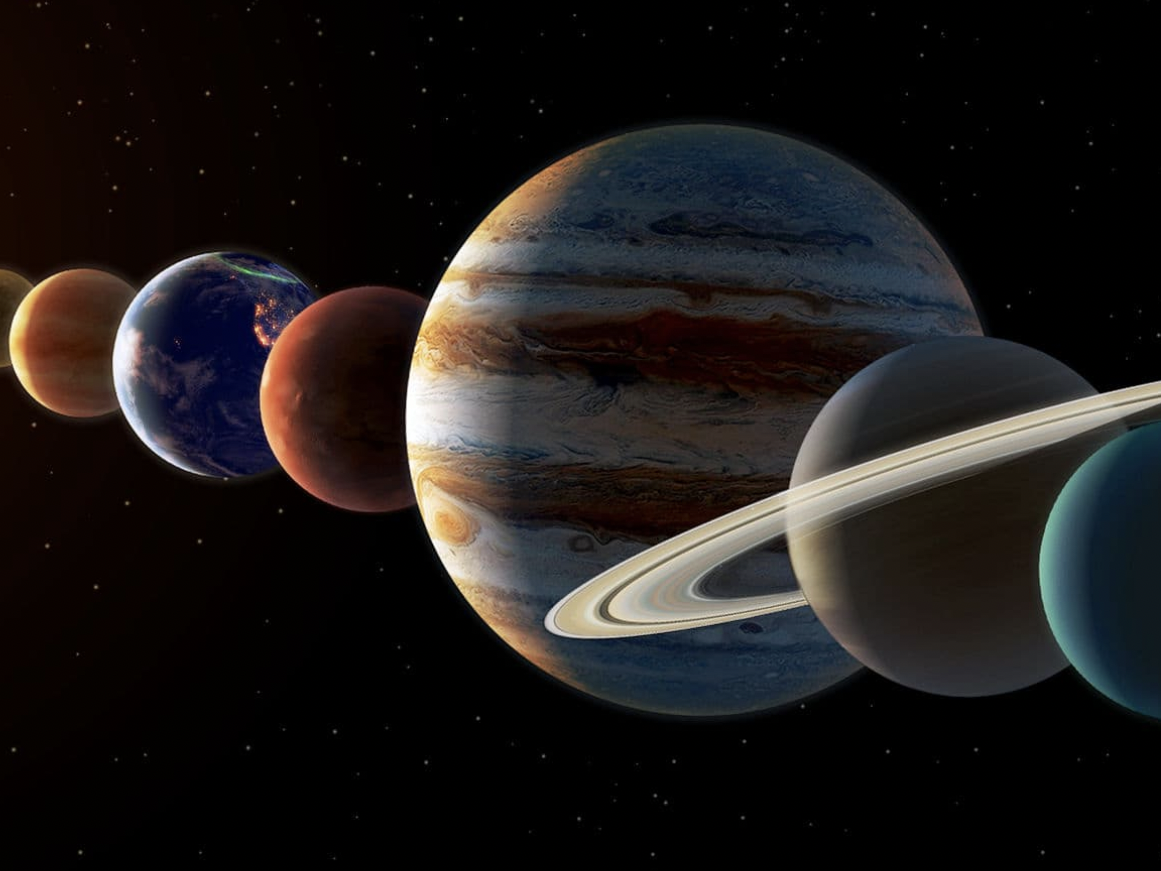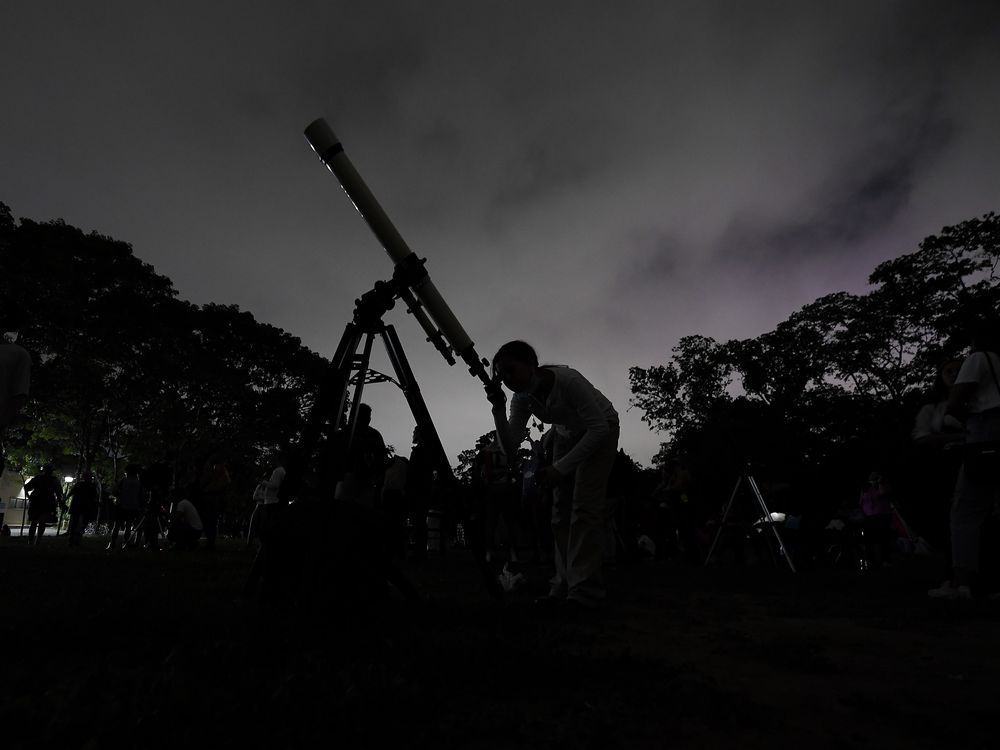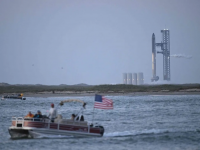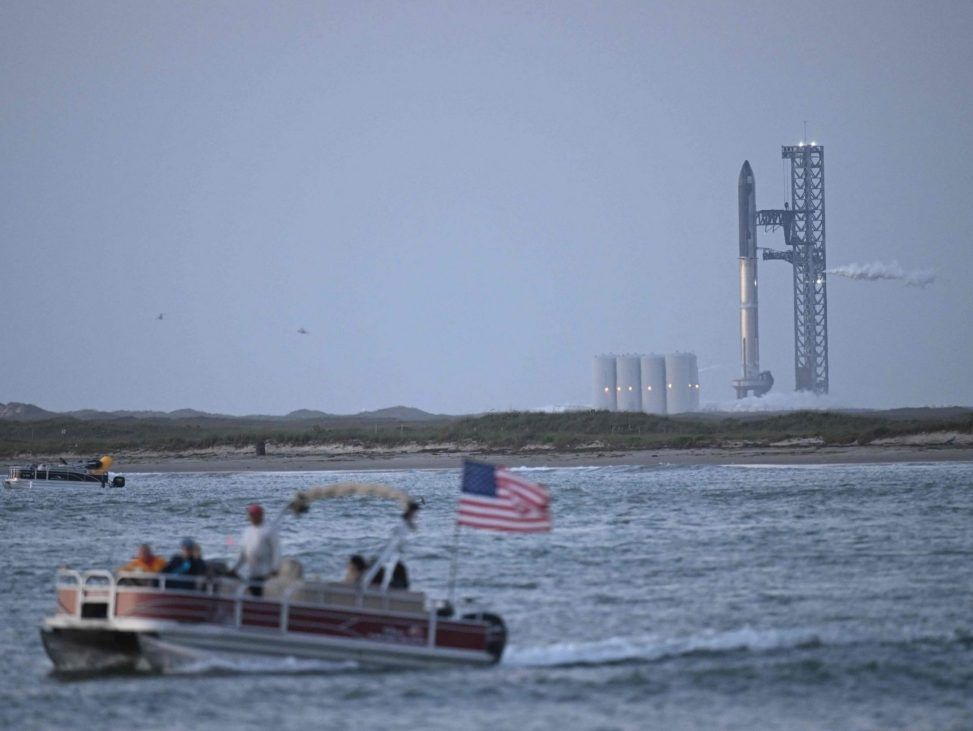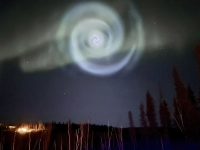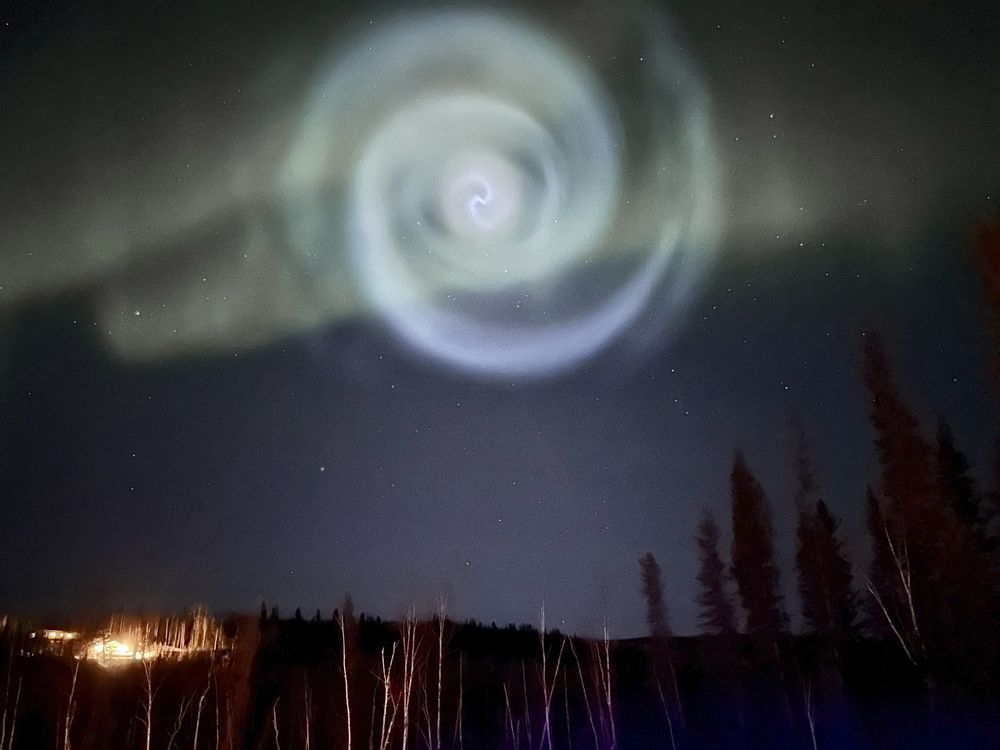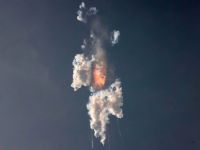National Near Miss Day recognizes day Earth had close call with massive asteroid
Author of the article:Rita DeMontis
Published Mar 22, 2023 • Last updated 1 day ago • 4 minute read
Have you ever had a near miss?
Earth certainly did, back on March 23, 1989, when a massive asteroid almost crashed into the planet.
The size of a mountain, had this asteroid – named 4581 Asclepius – hit us, the results would have been on such a catastrophic level, life as we know it would not exist today. There would have been massive darkness, tidal waves and tsunamis, and nature torn asunder, not to mention mass extinctions of life.
Researchers recall the asteroid – a collection of dust and rock – came within 684,000 km of colliding with the planet.
Here’s the thing – we Earthlings didn’t know a thing about this life-altering event until scientists discovered the asteroid nine days after its closest approach to Earth. Nine days later!
“On the cosmic scale of things, that was a close call,” said the late Dr. Henry Holt, in can assume is the understatement of the year. This famous Northern Arizona University astrogeologist and astronomer discovered the object “in photographs taken March 31 using the 18-inch Schmidt telescope at the Mount Palomar Observatory in California,” as reported in a 1989 special report in the New York Times.
Geophysicists estimated that a collision with Asclepius – ironically named after the Greek demi-god of healing and medicine – would have released enough of an explosion comparable to a 600 megaton atomic bomb.
Of course there have been other near-misses before and after this one. And let’s not forget what happened to the dinosaurs millions of years ago.
As for citizens of Earth – let’s just say this was the mother of all near misses.
Thanks to this historic event, we’re celebrating National Near Miss Day today, in which we acknowledge all things that might have been, could have been and thank heavens did not happen!
National Near Miss Day is as good a day as ever to reflect on the near-misses in one’s life, be they physical, existential or emotional. According to National Calendar Day, the fragility of the planet comes into play, when one reflects on how truly vulnerable it is out in the universe.
Earth is pretty good at dodging the stuff that wants to crash into our atmosphere. National Calendar Day reports that large asteroids really don’t hit Earth that often – and most burn up in the planet’s atmosphere before hitting the ground, “often creating unexpected meteor showers.”
Of course, who can forget that startling sonic boom from the massive meteor that exploded over Russia back in February, 2013. The noise was deafening – and frightening – blowing out windows and damaging buildings, not to mention injuring more than a thousand people who lived near the city of Chelyabinsk, Russia. This mighty meteor flexed its muscle to show the world how vulnerable it truly is.
But it wasn’t the first space rock to hurt a human. The National Geographic website reported on the true story of one Ann Hodges, “the only confirmed person in history to have been hit by a meteorite.”
Hodges was covered in a quilt and napping on her Sylacauga, Alabama couch, in the middle of a clear afternoon, when – suddenly – a softball-size chunk of black rock broke through the ceiling, bounced off a radio, and hit her in the thigh – leaving a dramatic, pineapple-shaped bruise.
National Geographic says Hodges story is “particularly rare because most meteorites usually fall into the ocean or strike one of Earth’s vast, remote places, according to Michael Reynolds, a Florida State College astronomer and author of the book Falling Stars: A Guide to Meteors & Meteorites.”
Reynolds states “you have a better chance of getting hit by a tornado and a bolt of lightning and a hurricane all at the same time,” than having a meteorite suddenly wake you from a nap.
All food for thought as we ponder Near Miss Day, along with what Dr. Holt had to say when Earth dodged the proverbial bullet 34 years ago today: “It can come this close or closer in the future,” said Holt, in the New York Times article. “Sooner or later, it should collide with the Earth, the Moon or Mars,” he added.
(Word is Ascelepius is expected to pass near earth on or about 24 March 2051, about 1,840,000 km. from Earth.)
#NationalNearMissDay
What’s the difference between meteors, meteorites, and meteoroids?
“Meteoroids, meteors, and meteorites are really names for space rocks at different stages. The ones floating around in space are meteoroids. The ones that enter Earth’s atmosphere and burn up are called meteors. The ones that don’t burn up entirely and instead crash into the surface of the earth are called meteorites.”
What is an asteroid?
An asteroid is “any of millions of small celestial objects revolving around the sun, often irregularly shaped and having a great range in size.” Asteroids can also be called minor planets or planetoids; they’re bigger than meteoroids, but they can range from as small as six feet across to more than 600 miles across (much smaller than a planet, but still pretty big.
–Dictionary.com
 dictionary.com
dictionary.com

 nationalgeographic.com
nationalgeographic.com
 nationaldaycalendar.com
nationaldaycalendar.com
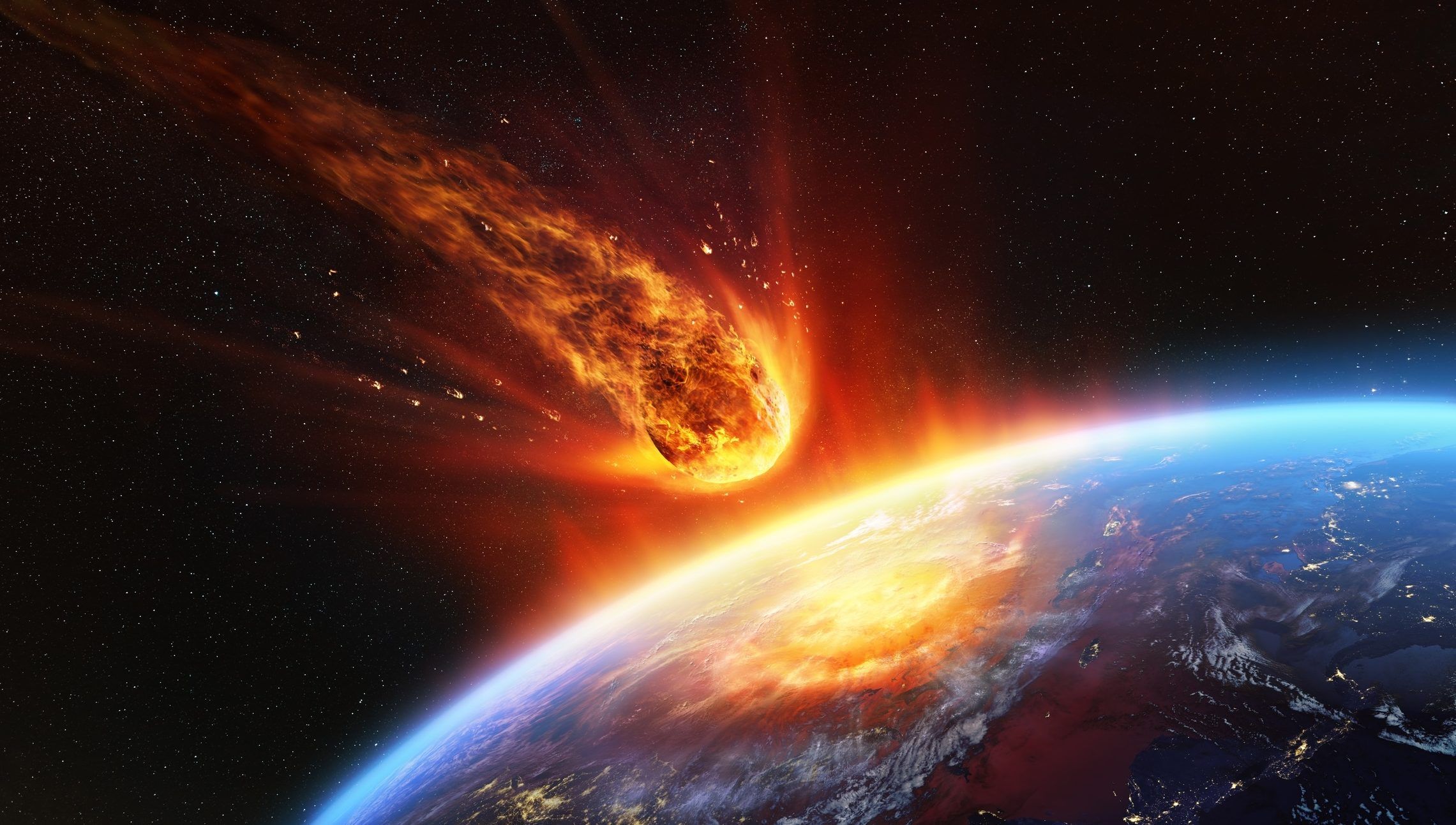
 torontosun.com
torontosun.com
Author of the article:Rita DeMontis
Published Mar 22, 2023 • Last updated 1 day ago • 4 minute read
Have you ever had a near miss?
Earth certainly did, back on March 23, 1989, when a massive asteroid almost crashed into the planet.
The size of a mountain, had this asteroid – named 4581 Asclepius – hit us, the results would have been on such a catastrophic level, life as we know it would not exist today. There would have been massive darkness, tidal waves and tsunamis, and nature torn asunder, not to mention mass extinctions of life.
Researchers recall the asteroid – a collection of dust and rock – came within 684,000 km of colliding with the planet.
Here’s the thing – we Earthlings didn’t know a thing about this life-altering event until scientists discovered the asteroid nine days after its closest approach to Earth. Nine days later!
“On the cosmic scale of things, that was a close call,” said the late Dr. Henry Holt, in can assume is the understatement of the year. This famous Northern Arizona University astrogeologist and astronomer discovered the object “in photographs taken March 31 using the 18-inch Schmidt telescope at the Mount Palomar Observatory in California,” as reported in a 1989 special report in the New York Times.
Geophysicists estimated that a collision with Asclepius – ironically named after the Greek demi-god of healing and medicine – would have released enough of an explosion comparable to a 600 megaton atomic bomb.
Of course there have been other near-misses before and after this one. And let’s not forget what happened to the dinosaurs millions of years ago.
As for citizens of Earth – let’s just say this was the mother of all near misses.
Thanks to this historic event, we’re celebrating National Near Miss Day today, in which we acknowledge all things that might have been, could have been and thank heavens did not happen!
National Near Miss Day is as good a day as ever to reflect on the near-misses in one’s life, be they physical, existential or emotional. According to National Calendar Day, the fragility of the planet comes into play, when one reflects on how truly vulnerable it is out in the universe.
Earth is pretty good at dodging the stuff that wants to crash into our atmosphere. National Calendar Day reports that large asteroids really don’t hit Earth that often – and most burn up in the planet’s atmosphere before hitting the ground, “often creating unexpected meteor showers.”
Of course, who can forget that startling sonic boom from the massive meteor that exploded over Russia back in February, 2013. The noise was deafening – and frightening – blowing out windows and damaging buildings, not to mention injuring more than a thousand people who lived near the city of Chelyabinsk, Russia. This mighty meteor flexed its muscle to show the world how vulnerable it truly is.
But it wasn’t the first space rock to hurt a human. The National Geographic website reported on the true story of one Ann Hodges, “the only confirmed person in history to have been hit by a meteorite.”
Hodges was covered in a quilt and napping on her Sylacauga, Alabama couch, in the middle of a clear afternoon, when – suddenly – a softball-size chunk of black rock broke through the ceiling, bounced off a radio, and hit her in the thigh – leaving a dramatic, pineapple-shaped bruise.
National Geographic says Hodges story is “particularly rare because most meteorites usually fall into the ocean or strike one of Earth’s vast, remote places, according to Michael Reynolds, a Florida State College astronomer and author of the book Falling Stars: A Guide to Meteors & Meteorites.”
Reynolds states “you have a better chance of getting hit by a tornado and a bolt of lightning and a hurricane all at the same time,” than having a meteorite suddenly wake you from a nap.
All food for thought as we ponder Near Miss Day, along with what Dr. Holt had to say when Earth dodged the proverbial bullet 34 years ago today: “It can come this close or closer in the future,” said Holt, in the New York Times article. “Sooner or later, it should collide with the Earth, the Moon or Mars,” he added.
(Word is Ascelepius is expected to pass near earth on or about 24 March 2051, about 1,840,000 km. from Earth.)
#NationalNearMissDay
What’s the difference between meteors, meteorites, and meteoroids?
“Meteoroids, meteors, and meteorites are really names for space rocks at different stages. The ones floating around in space are meteoroids. The ones that enter Earth’s atmosphere and burn up are called meteors. The ones that don’t burn up entirely and instead crash into the surface of the earth are called meteorites.”
What is an asteroid?
An asteroid is “any of millions of small celestial objects revolving around the sun, often irregularly shaped and having a great range in size.” Asteroids can also be called minor planets or planetoids; they’re bigger than meteoroids, but they can range from as small as six feet across to more than 600 miles across (much smaller than a planet, but still pretty big.
–Dictionary.com
Meteor vs. Asteroid vs. Comet: What’s the Difference? | Dictionary.com
Meteors, meteorites, meteoroids, asteroids, comets … that’s a lot of terms (and space objects) flying around! Not to mention shooting stars and meteor showers. Are they all the same thing? Even though some of them may appear pretty similar to us, the answer is no, they’re not the same...

The True Story of History's Only Known Meteorite Victim
The Russian meteorite isn't the first to impact people. Ann Hodges is the only confirmed person in history to have been hit by a meteorite.
National Day Calendar
Fun, unusual and forgotten designations on our calendar.
 nationaldaycalendar.com
nationaldaycalendar.com

National Near Miss Day recognizes day Earth had close call with massive asteroid
Have you ever had a near miss?
![3d-rocket-scaled-e1679601395960[1].jpg 3d-rocket-scaled-e1679601395960[1].jpg](https://forums.canadiancontent.net/data/attachments/15/15995-0edd470e58f74dd75651ec9f7d1f7eec.jpg)


